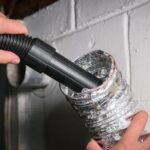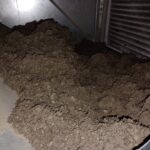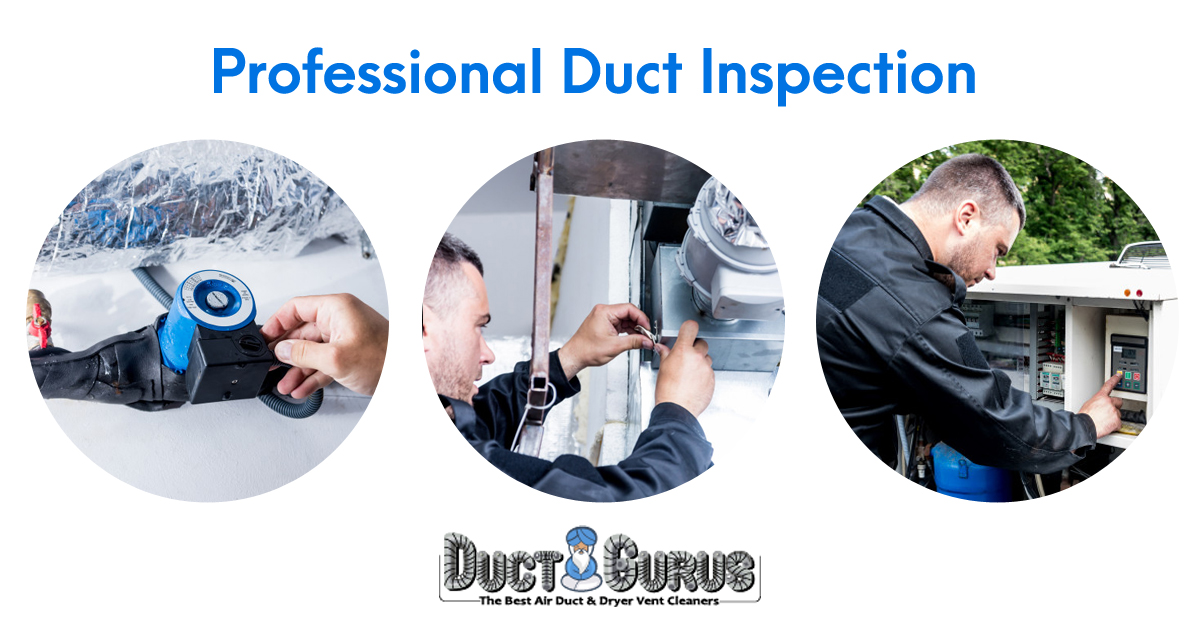
Inspection is the first step in remedial measures of duct cleaning. Buildings base upon a scientific thermal-mechanical system of air transfer of the building. HVAC (heating, ventilation, and air conditioning) systems are milestones of building mechanical systems. That provides thermal comfort for occupants accompanied by indoor air quality. This system always required a professional duct inspection for its purified and efficient working throughout the year.
Classification of HAVC system:
- HVAC systems can be classified into central and local systems according to multiple zones, locations, and distribution. Primary HVAC equipment includes heating equipment, ventilation equipment, and cooling or air-conditioning equipment. Central HVAC systems locate away from buildings in a central equipment room and deliver the conditioned air by a delivery ductwork system.
- Central HVAC systems contain all-air, air-water, all-water systems. Two systems should be considered as central such as heating and cooling panels and water-source heat pumps. Local HVAC systems can be located inside a conditioned zone or adjacent to it and no requirement for ductwork. Local systems include local heating, local air-conditioning, local ventilation, and split systems.
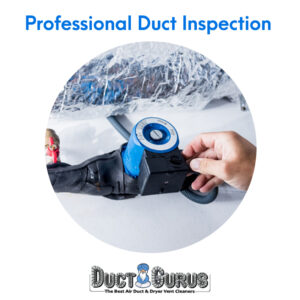 Your HVAC system has been working hard all year. The more your system runs, the more dirt and dust can build up inside your ductwork. But before you go spending money on professional air duct cleaning, learn how to inspect your air ducts and determine if it’s necessary or not. Cleaning your duct system has many benefits and it’s recommended that you complete this home maintenance task every year.
Your HVAC system has been working hard all year. The more your system runs, the more dirt and dust can build up inside your ductwork. But before you go spending money on professional air duct cleaning, learn how to inspect your air ducts and determine if it’s necessary or not. Cleaning your duct system has many benefits and it’s recommended that you complete this home maintenance task every year.- Clean ductwork means better indoor air quality (great for people with respiratory problems) and a more efficient HVAC system. Professional duct inspection and cleaning will remove all the dust and debris in your ductwork, including small objects and toys, pet hair, mold, and other sources of indoor air pollution
Purpose of Duct inspection:
Establishing the intended purpose of a professional duct inspection can be the single most important preparation for fieldwork. An important factor in establishing the purpose of the work is how well the inspector knows the client. If the inspector has a long relationship with the customer and is familiar with the building, the inspector’s professional judgment will go a long way to designing the inspection. It will also help guide the inspector in assessing the purpose of the inspection.
NADCA:
The National Air Duct Cleaning Association (NADCA) is an accreditation organization that sets both the technical and ethical standards and designed the professional duct inspection procedures and way forward.
First Contact with the Client and a professional duct inspection typically begins when a client contacts an HVAC inspector by phone to discuss a facility’s situation. Beginning with this call, the inspector should keep detailed notes about all information (discussions, observations, etc.) related to the case.
- Gather Information:
. During this first conversation, the inspector should gather as much information about the project as possible. This information will be used to prepare a proposal and establish a fee for the inspection services. These services will include the site visit, building walk-through, formal inspection, and inspection report.
- Client Interview:
Secondly, Professional duct inspection required Client Interview & Site Visit and on-site meeting, the inspector will talk with the client and will clarify any information that was discussed on the phone. The inspector should use this meeting to collect additional information about the facility and any particular situation that is in question. He or she should also use this time as an opportunity to clarify the client’s reason for requesting the inspection.
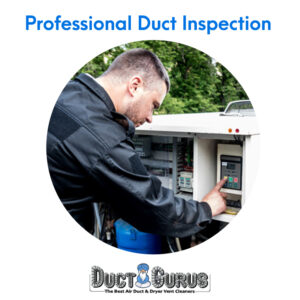
Establish a Formal Report:
Establishing a Formal Reporting Structure for the Project While meeting with the facility manager to clarify the purpose of the professional duct inspection, the inspector should also determine who the main point(s) of contact, who will be receiving the results of the investigation, and whether any other facility staff will be involved with the project. In many cases, the client will be the person who makes contact with the inspector and who will continue as the main point of contact throughout the inspection.
In other cases, another individual will be designated as the main point of contact. This point of contact will typically be the person responsible for providing an inspector with information about the building and for accompanying the inspector as he or she inspects the HVAC system and its components.
Reviewing Building Information after establishing a reporting structure with the facility staff, the inspector will begin to collect information about the building, its history, and its current condition. If little or no building documentation exists, the inspector will need to call on his or her experience to make observations and educated assumptions throughout the professional duct inspection.
In these cases, the inspector should be sure to include a special note in the final report that states that no as-built documentation was available and that assumptions had to be made during the course of the inspection because of the lack of documentation.
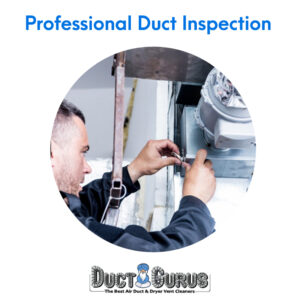
Performing a Walk-Through after talking with the client, establishing a reporting structure, and gathering information about the facility, the inspector may want to go on a walk-through of the facility. This walk-through provides the inspector with an opportunity to become familiar with the physical layout of the HVAC system and associated building characteristics. A person familiar with the HVAC systems in the building should accompany the inspector during this walk-through for a professional duct inspection.
Purpose of Inspection based on client interview:
Formulating a Purpose for the Inspection based on the client interview, building documentation review. And the building walk-through, the inspector should write a purpose statement that will guide the professional duct inspection. This purpose statement takes into consideration everything from the reason that the client has requested the inspection to the observations made during the walk-through. The purpose statement should be a short (one to five-sentence), descriptive statement that summarizes the reason for the inspection. The purpose statement should not give an assessment or opinion of the facility’s condition.
To know about other services visit ductgurus.
